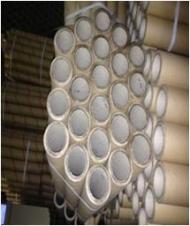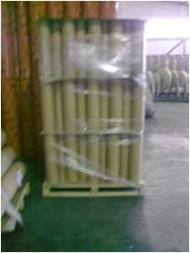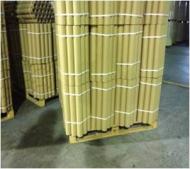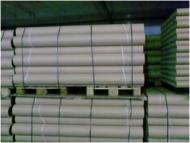Packing and shipping cardboard tubes efficiently
SpiralPack – Manipulados de Papel, S.A. is a Portuguese company specializing in the production of tubes, angles, multipurpose packaging and cardboard formwork, supplying their products to several sectors, and one of the main Iberia players on the production of standard and high performance cardboard tubes.
In the context of tube manufacturing, there are certain processes that SpiralPack would like to improve. With a production totalling almost 17.5 million tubes/year, arising from more than 1500 different references corresponding to almost 100 tubes with different diameters, an important part of Spiralpack resources is assigned to the packing and shipping process.
Currently, tubes with the same reference are grouped in three different ways: honeycomb shape (fig 1), vertically (fig 2) or horizontally (fig 3).
|
Fig 1 - Tubes grouped on a honeycomb shape |
Fig 2 - Vertical grouping |
Fig 3 - Horizontal groupage |
The grouping may depend on the client specification and the tube size (e.g. the transportation vehicle height is an important restriction on the way the tube is packed). After grouping the tubes, they must be packed in a container, and for that purpose they are placed on palettes either in vertical (fig 4) or horizontal (fig 5) orientation and, in some cases, placed in rectangular cardboard boxes.
|
Fig 4 - Vertical orientation |
Fig 5 - Horizontal orientation |
Spiralpack would like to address the following questions:
- Given an order for a certain reference or a grouping specification request, what is the maximum number of tubes that can be packed inside a given container (usually the truck space)?
- Given several packs of tubes, what is the most efficient way to arrange them in a container?
- Are there more efficient ways to group and pack tubes than the one currently used (accounting for the dimension of the transportation container)?











